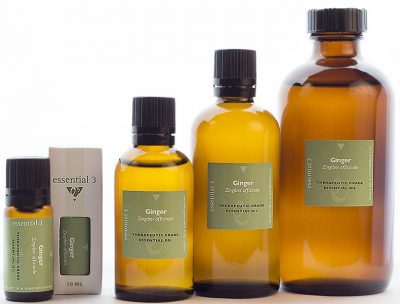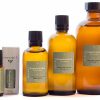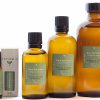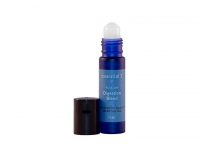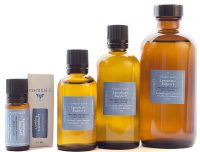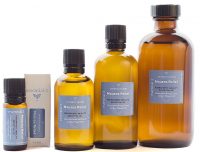No products in the cart.
from $43.95
Email to a friendDescription
Latin name: Zingiber officinale
Country of origin: Sri Lanka
Part of the plant: Fresh root
Obtained by: Hydro-diffused
Main biochemical components*: Beta-bisabolene, ar-curcumene, camphene
Properties: Antibacterial, analgesic, antispasmodic, aphrodisiac, expectorant.
Why Use
Physical uses: Poor circulation, feeling cold, infections, muscle aches, muscle spasms, menstrual cramps, stiff joints, indigestion, nausea, respiratory congestion, bronchitis.
Skin care uses: Not recommended for skin care use. (e3 defines skin care as a condition that affects the surface of the skin.)
Psychological uses: Nervous exhaustion, mental fatigue, mental fog, emotional coolness, emotional instability, low libido.
Subtle uses: Generally strengthens and stabilizes. Promotes confidence and courage.
Notes: Use Ginger in a 1-5% dilution. Do not use it directly on the skin when you are going to be in the sun. Avoid use during pregnancy and nursing.
*Chemical components: Chemical component percentages may vary. Essential 3 offers a Certificate of Analysis for review.
How You Can Use
Bath, Foot: Mix 1-3 drops of essential oil in 1/2 teaspoon of carrier oil, such as fractionated coconut oil. Set aside. Fill a tub (deep enough to cover your feet and ankles) with warm water. Add the essential oil mixture, stir well, and immerse your feet for 10-15 minutes. Breathe in the aroma and massage your feet.
Chest Rub: Mix 5-15 drops of essential oil in 1 tablespoon of carrier oil or fragrance-free, natural lotion, apply to your upper chest and upper back.
Compress: Fill a basin with water. (Warm water relaxes and increases circulation. Cool water invigorates and relieves inflammation.) Add 3-5 drops of essential oil and briskly stir. Lay in a washcloth, wring and apply to the area in need for approximately 1-5 minutes. Dip, wring and apply 3 more times.
Diffusion: Follow the diffuser manufacturer’s instructions to fill the air with a therapeutic aroma.
Easy alternatives when you don’t have a diffuser:
Place 2-4 drops of essential oil on several cotton balls or tissues; place nearby or tuck into the grate of fan or air vent in your home or car.
Inhalation: Put 1-3 drops of essential oil on a tissue and inhale the aroma through your nose. Pause and inhale again.
(Avoid touching your nose with the tissue.)
Massage (SPECIFIC AREA ONLY, not for full body massage): Mix 6-30 drops of essential oil in 1 ounce of carrier oil or fragrance-free, natural lotion.
Spot Application: Mix 1-4 drops of essential oil in 1 teaspoon of carrier oil or aloe vera and apply to the area in need.
The Methods of Use are general guidelines. Individual sensitivities, desired results, and the characteristics of the essential oil(s) used must all be considered. Adjust methods and proportions accordingly.
For external use only. Always dilute before use. Keep out of reach of children. Avoid eyes and other sensitive areas. Keep away from direct flame – essential oils are flammable. If pregnant or nursing, consult a physician before using essential oils. Store at room temperature and avoid direct sunlight.
Aromatherapy: The use of natural, aromatic substances, known as essential oils, to enhance the well-being of body, mind, and spirit. (This statement has not been evaluated by the FDA. No information provided is intended to diagnose, treat, cure or prevent any disease.)

